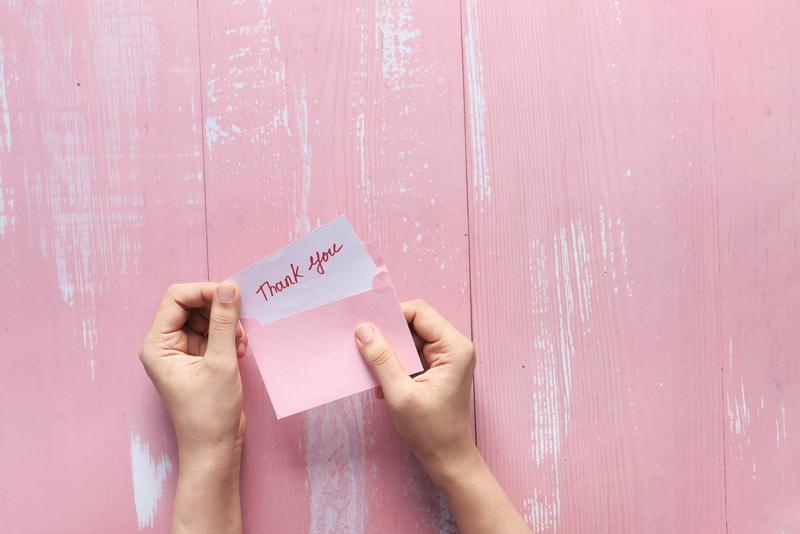Expressing gratitude through a well-written thank you letter is a timeless gesture that can strengthen relationships and leave a lasting impression. Whether you're thanking someone for a gift, an opportunity, or simply their kindness, taking the time to compose a thoughtful letter demonstrates appreciation and respect.
In this guide, we'll explore how to craft a sincere and impactful thank-you letter, step by step.
Using the recipient's name also demonstrates that you have taken the time to consider them individually, rather than sending a generic message. This thoughtful gesture sets the stage for a genuine and meaningful expression of appreciation in the rest of your letter.
Utilizing the appropriate title and name shows respect and courtesy, contributing to a positive impression of your gratitude letter.
For instance, "I am writing to express my sincere gratitude for the beautiful necklace you gave me on my birthday. It was such a thoughtful and meaningful gift."
When you express your gratitude, provide details that illustrate why the gesture was meaningful to you. This not only acknowledges the specific act of kindness but also conveys the impact it had on you personally.
For example, if someone went out of their way to help you with a project, mention how their support made a difference in achieving your goals or reducing your stress. This specificity demonstrates that you have truly valued and reflected on the gesture, making your appreciation more heartfelt and authentic.
Furthermore, describe how the recipient's gesture impacted you or others. Share why their kindness or generosity meant so much to you personally. This adds depth to your gratitude and helps the recipient understand the significance of their actions.
For example, "Your gift not only brightened my day but also reminded me of our cherished friendship and the thoughtfulness you always show." By elaborating on how the recipient's gesture impacted you or others, you provide a more heartfelt context to your expression of thanks.
For instance, if someone's support helped you through a challenging time, explain how their kindness provided comfort and strength during that period. Perhaps their generosity inspired you to pay it forward or helped strengthen your bond with them or others.
Sharing these personal reflections not only deepens your gratitude but also reinforces the positive impact of their actions on your life and relationships. This thoughtful approach to expressing thanks fosters a deeper connection between you and the recipient, reinforcing the value of their kindness in a meaningful way.
Additionally, mention specific details about the gift or experience that you appreciated. This demonstrates that you paid attention to and genuinely valued their gesture. For example, "The book you gave me, 'Little Women,' is one of my favorite novels." By mentioning specific details, such as the title of the book or the nature of the experience, you show that you were attentive and that their gift or action resonated with you on a personal level.
If someone treated you to a special dinner, mention a particular dish that you enjoyed immensely or how much you appreciated the effort they put into planning the evening. Similarly, if you received a handmade gift, highlight a specific detail that you found particularly thoughtful or beautiful.
These specific mentions not only express gratitude but also reinforce the idea that their gesture was meaningful and memorable to you. It adds a layer of sincerity and appreciation that goes beyond a generic thank-you message.
You could also share your intentions for using or enjoying the gift or how you plan to make use of the opportunity provided. This shows that you value the gesture beyond the moment and provides a glimpse into your appreciation.
How to Craft a Thank You Letter
If you're a senior, chances are you made need to write a few thank you notes this month.

Make your thank you notes reflect your genuine gratitude and appreciation.